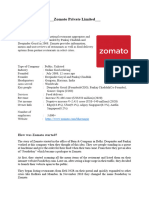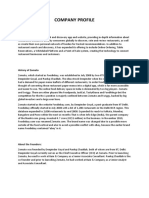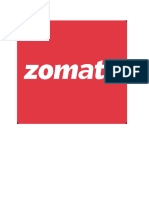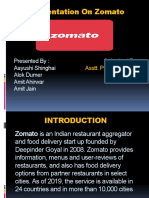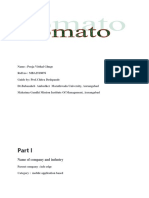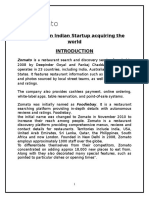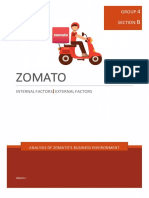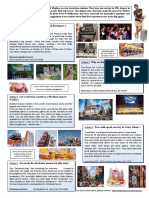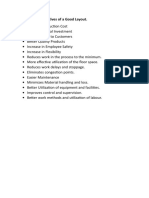0% found this document useful (0 votes)
112 views9 pagesPart 2
Zomato is an Indian restaurant aggregator and food delivery startup founded in 2008. It provides information on restaurants and menus and allows users to order food for delivery. After starting as Foodiebay, it launched as Zomato in 2010. It has since expanded worldwide and seen significant growth, raising over $300 million in funding. However, international expansion and recruiting talent to support growth remain ongoing challenges.
Uploaded by
bestalok.001Copyright
© © All Rights Reserved
We take content rights seriously. If you suspect this is your content, claim it here.
Available Formats
Download as PDF, TXT or read online on Scribd
0% found this document useful (0 votes)
112 views9 pagesPart 2
Zomato is an Indian restaurant aggregator and food delivery startup founded in 2008. It provides information on restaurants and menus and allows users to order food for delivery. After starting as Foodiebay, it launched as Zomato in 2010. It has since expanded worldwide and seen significant growth, raising over $300 million in funding. However, international expansion and recruiting talent to support growth remain ongoing challenges.
Uploaded by
bestalok.001Copyright
© © All Rights Reserved
We take content rights seriously. If you suspect this is your content, claim it here.
Available Formats
Download as PDF, TXT or read online on Scribd
/ 9



